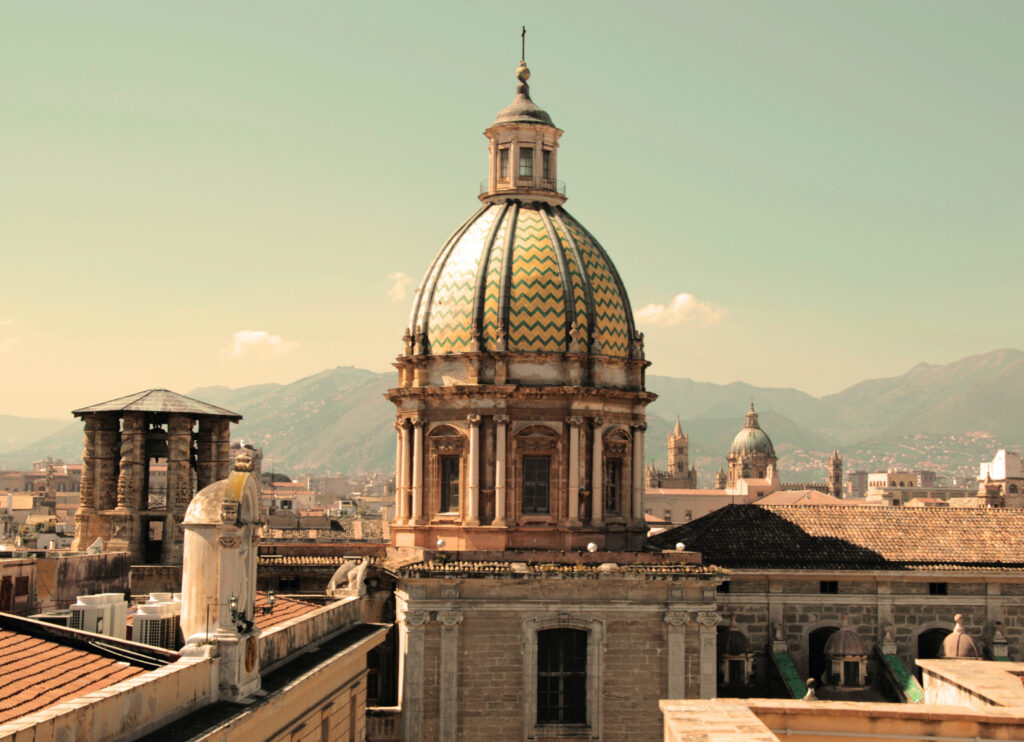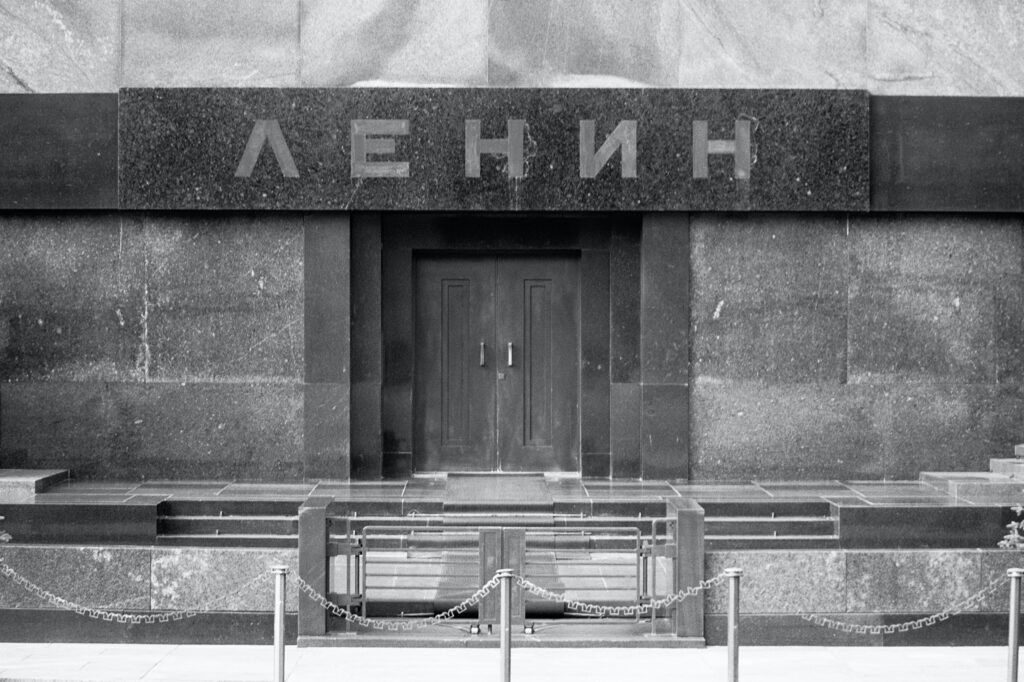Abraham Lincoln

Abraham Lincoln Memorial, credit unknown.
Earlier, it was mentioned that embalming became normalised in western societies because necessity demanded it. However, that was only the starting point: embalming was only performed if it was necessary, and not because anyone voluntary chose to be embalmed post-mortem.
Hence, while previously frowned upon, embalming only truly became normalised largely due to President Abraham Lincoln. It was sudden and devastating. Fresh out of the Civil War, Americans were still trying to gather their bearings when their 16th was assassinated. Mourning the sudden loss, the country arranged for a funeral train that would parade his body to his final resting site in Illinois.
To make such an arduous journey—that eventually lasted three weeks— however, would require the corpse to remain in pristine condition. Therefore, the decision was made to have Abraham Lincoln’s body embalmed. Dr Charles Brown who performed the procedure also prepared Lincoln’s 11-year-old son three years prior.
It was said that Lincoln’s body remained very lifelike. It did not have the usual ghastly pallor that corpses typically exhibited. Mesmerised mourning Americans could not help but reach out to touch his face to confirm his death for themselves. This would be the first time many citizens saw what embalming enabled, and it made a strong impression. Lincoln personally popularised embalming as he made his way to his grave.
Hence, Lincoln’s death, combined with the consequences of the Civil War, revolutionised how America practised death care. Gone were archaic Victorian traditions, with funeral homes and hearses replacing them. As embalming picked up speed and became normalised in American society, flowers and perfumes no longer became necessary to mask any strong scents. Instead, they accentuated the funeral environment.

Palermo, Sicily, Southern Italy by Antonio Magri.
Rosalia Lombardo
Today, many people choose to embalm their bodies. This opened up more options for funerals like the length of the wake, the type of casket to be chosen, etc. In fact, the good preservation of certain bodies has made catacombs a macabre tourist site. One of these being the Capuchin Catacombs of Palermo in Sicily, Italy which houses Rosalia Lombardo.
Lombardo, who was not quite yet two years old, did not have the time to achieve much in her life. While it was believed that her father was the Italian military officer Mario Lombardo— and if Sicilian legends were to be believed, was so distraught over his daughter’s premature passing that he endeavoured to immortalise her image. Lombardo’s cadaver was preserved with the help of Alfredo Salafia.
There are however no official records to confirm this family link, and we know little of her life. Little Rosalia, therefore, is only exceptional in her death. She is so well embalmed that her organs are remarkably intact even after a century later, granting her fame posthumously. She continues to look alive, and as if she is merely taking a quick nap. With her head skewed beyond the blankets and resting upon her coffin, she looks like a child that had just been put down for a nap, earning Lombardo the affectionate moniker of Sleeping Beauty.
Over a century later, the biggest signs of decay were its slight discolouration. Attempts to rectify this included moving her to a drier spot inside a hermetically sealed glass and enclosing it with nitrogen to further prevent decay. However, the frequent sun on her remains has tanned her previously porcelain skin and turned the brunette into a blonde. Beyond these, Sleeping Beauty continues to look the way she once was from slightly over a century ago.

Lenin’s Mausoleum by Hennie Stander
Revolutionary Leaders
Upon Lenin’s death in 1924, the government decided to go along with the wishes of their people and immortalise his body. Before this, the Politburo had already chosen to embalm his body. This decision came about as they wanted to throw him ‘the grandest funeral all will ever know’. They were under the impression that as the father of communism, it was only fitting he would be celebrated even in death.
Exactly what and how Lenin’s body was embalmed remained a secret for many years until the USSR’s dissolution. Only after they fell were the secrets to his preservation be shared with the world. The body required daily moisturising, chemical injections and yearly chemical baths. Such meticulous care resulted in an annual cost of $200,000. These expenses though costly, allowed the body to be preserved with only slight discolouration have occurred.
Today, Lenin’s body continues to rest in his mausoleum, situated within the Red Square in the centre of Moscow. It has become a tourist attraction, though only opened on certain days and timeslots.
Following Lenin, are other revolutionary socialist figures like Mao Zedong, Ho Chin Minh, Kim Il-sung, Hugo Chávez, and even Stalin were all embalmed. This was done so in order for their remains to be displayed for the world to visit and pay tribute to.
Interested to find out more about embalming? Read our articles about how ancient civilisations mummified bodies, or how bodies can be preserved through nature itself. However, if you are still confused about embalming as a whole, you can check out this quick overview along with insights into how does one become an embalmer in the Singapore.

